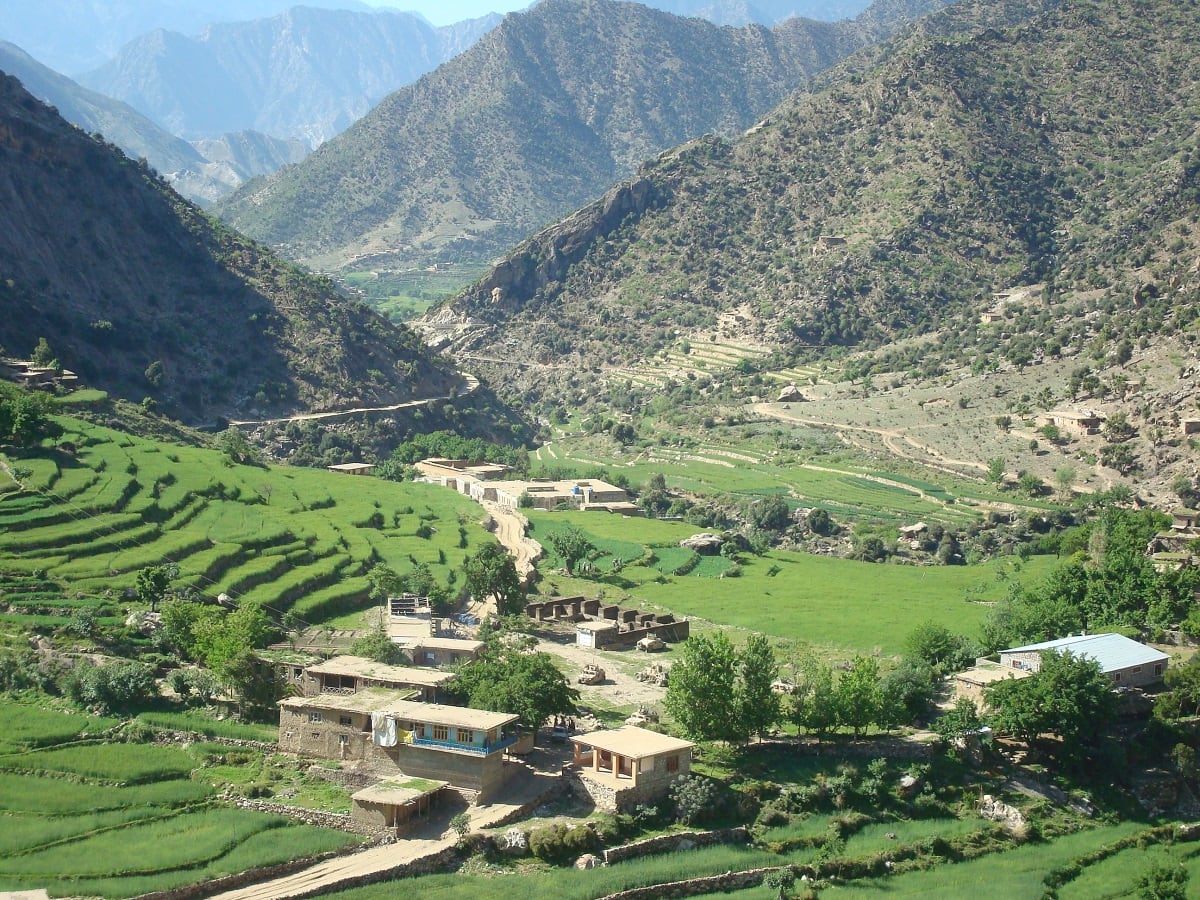The attack began with a single burst of machine gun fire, followed by a score of rocket-propelled grenades. For the next 90 minutes, a platoon of U.S. soldiers and a handful of reinforcements would fight off a wave of more than 100 Taliban fighters.
A decade ago, the men of Chosen Company, 2nd Battalion, 503rd Infantry Regiment, 173rd Airborne Brigade came under attack near the end of a brutal and demanding deployment in the Kunar and Nuristan provinces of Afghanistan.
When the guns finally went silent at Wanat, nine U.S. soldiers had been killed, 27 were wounded, and at least dozens of Taliban fighters lay dead. The fight and the preceding deployment resulted in the battalion being the most decorated to date in the Global War on Terror.
In the years since the July 13, 2008, battle has seeped into Army DNA as scores of young officers and NCOs are taught the lessons learned from a simultaneously tragic and triumphant up-close battle in a remote outpost. The Battle of Wanat is the most requested virtual staff ride by ROTC units, and it has been part of the core curriculum for students at West Point and Command and General Staff College.
The battle, despite tactical success, was the source of Armywide controversy for years following the deployment.
Initial investigations first determined leaders involved had acted reasonably and properly under the circumstances. A follow-on investigation resulted in potentially career-ending reprimands for company, battalion and brigade leaders — but those reprimands were later reversed, and the reprimanded officers exonerated.
The battle continues to hold lessons beyond the tactical considerations of an NCO or even a captain. It could be a “window on the future of high-intensity warfare,” as one retired Army general told Army Times.
RELATED
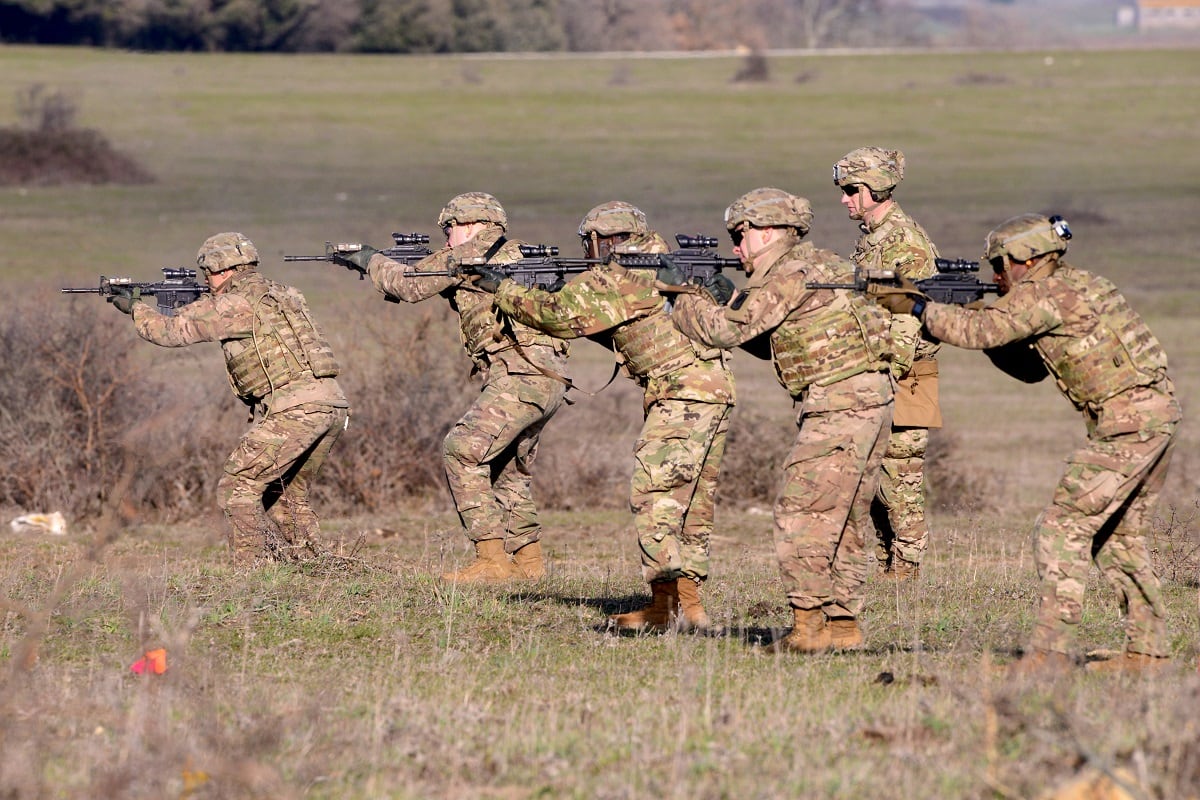
Some of the advantages of U.S. military might — persistent intelligence, surveillance and reconnaissance, resilient communications and overwhelming air superiority — were negated in Wanat. Those factors came into play due to the unforgiving terrain and a lack of higher-level resources for a war that, at the time, had faded from American view as the fight in Iraq intensified.
That brought the fight down to more of an even playing field as Taliban fighters took advantage of and exploited some of their own strengths to hit the soldiers in a more sophisticated, large-scale attack that troops rarely saw in that theater.
Some of the notable awards received by members of 2nd Battalion, 503rd Infantry for the 2007–2008 Afghanistan deployment, which included the Battle of Wanat, include:
- Presidential Unit Citation
- Valorous Unit Award
- Three Medals of Honor
- Two Distinguished Service Crosses
- 26 Silver Star Medals
- 169 Purple Hearts
Retired Army Maj. Gen. Robert Scales has pointed to Wanat in multiple interviews and public comments in recent years. Those comments have gained more attention as the retired two-star now heads up Defense Secretary Jim Mattis’ Close Combat Lethality Task Force. The task force aims to transform all things close combat, from training and equipment to recruiting, retention and tactics.
Scales pointed out in a recent interview with Army Times that the conditions of Wanat and a handful of other engagements show the “huge disparity” in modern warfare from what has become “routine warfare” for most units in the past 17 years of GWOT.
Looking at the reports, most troops in contact situations come through a roadside bomb, perhaps followed by small arms fire, but often not. Or hidden snipers who hit targets and fade away.
Those engagements are deadly, but not sustained, mostly because enemy troops know they can’t manage a pitched battle with U.S. forces, somewhat like what American troops saw when facing guerilla tactics from Viet Cong fighters in the Vietnam War.
For more than a generation, those small unit, dismounted troop-on-troop battles were a rarity. But evolutions of technology that give small units of near-peer competitors ways to negate U.S. airpower, use sensors to target large formations, or electronic warfare to disrupt communications, creates a level playing field.
And if there’s one thing leaders of the DoD, Army and Marine Corps stress ad nauseum, it is that they don’t want a “fair fight.”
So, Scales said, he can envision multi-brigade combat in which U.S. forces for the first time since the Korean War or perhaps even World War II could see Wanat or similar type battles “multiplied 100 times.”
It affects planning, at even the smallest detail. How much ammunition do you give a squad, if they expended maybe one or two magazines on previous patrols but at Wanat sent thousands of rounds downrange in a blink of an eye?
“All of a sudden there’s a demand not for 10 rounds of artillery, but maybe for 2,000 rounds of artillery,” Scales notes.
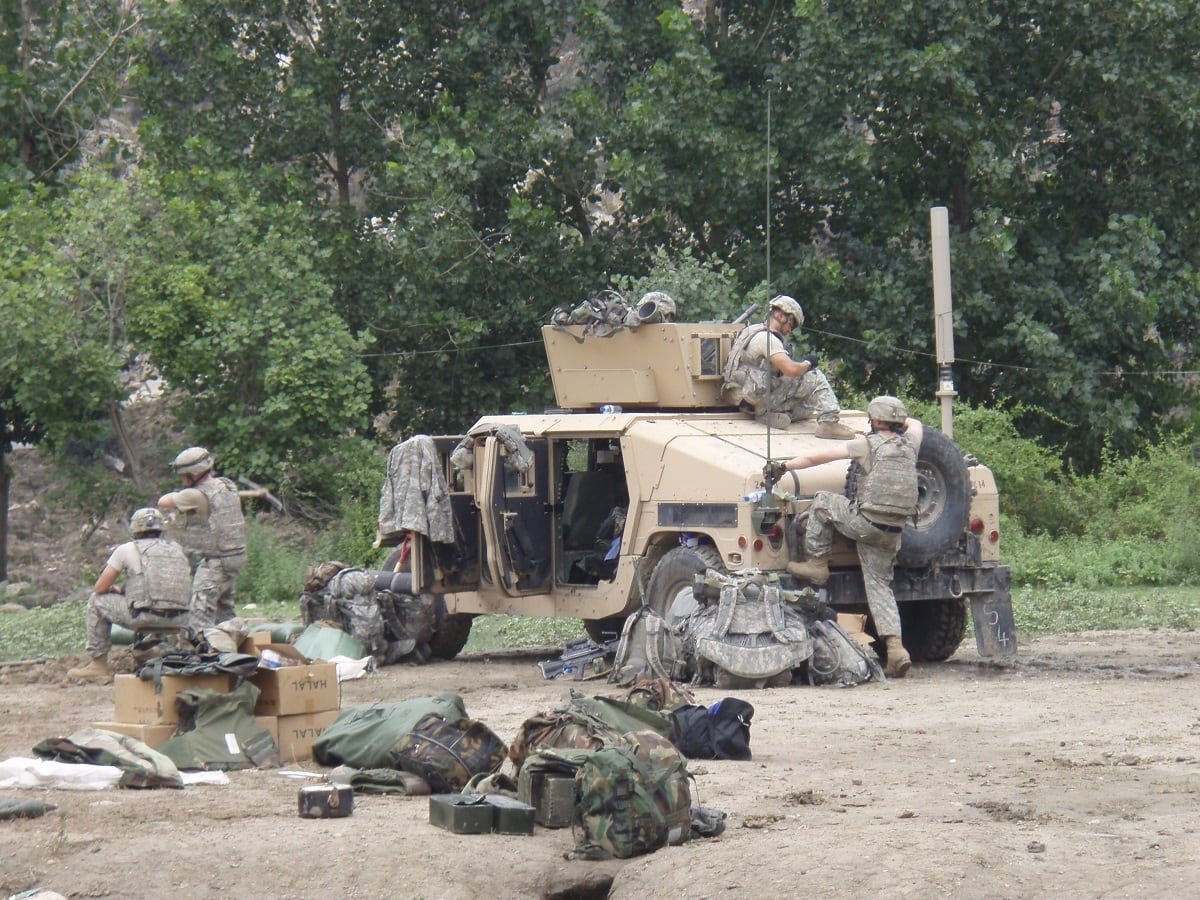
Col. William Ostlund commanded 2nd Battalion through its 2007–2008 Afghanistan deployment. He now serves as the director of military instruction at West Point.
A decade after the deployment and battle, Ostlund said the events reinforce the Army’s need to train, support and trust its small unit leaders and commanders at every echelon. With that trust comes accountability, which reaches every level as well.
The colonel said that at the platoon level, soldiers had far more resources and firepower than the standard platoon had in past operations. But at higher levels, resources such as manpower, air assets and surveillance were focused on Iraq.
“Hopefully, as an Army, we will continue to revisit it and learn things from it, learn the right things from it,” Ostlund said.
Maj. Gen. Brian Mennes runs force management for the Army. He told Army Times that the focus now is on defeating a peer threat such as Russia, but to do that, lessons from Wanat remain. Training and equipping soldiers with the ability to overwhelm peer and near-peer sensors so that they cannot be seen nor targeted is a key to developing a lethal force of the future.
At the same time, small unit leaders have to have lethality at their fingertips. So, for example, a soldier having the ability at a very low level to whip out a smartphone-like device and call up three armed drones on notice is key.
“We want to outclass our opponent … as we have in the past with overwhelming power,” Mennes said.
But the Army also must be prepared for different missions, such as the counterinsurgency mission that soldiers at Wanat faced. To that end, Mennes pointed to the securify force assistance brigades, the first of which deployed recently to Afghanistan. They have a lighter combined arms capability but still the necessary means to protect themselves.
Wanat and other such close battles also brought into sharp relief a disconnect between fundamental combat training changes that were beginning to take place and the actual experiences of soldiers in the fight.
Ostlund recalled that around that time, the Army was looking to eliminate hand grenade and bayonet training, claiming, “nobody’s throwing grenades anymore,” an official told him.
“What?” he recalls saying. “We’re throwing hundreds of grenades,” noting a single soldier in an earlier battle threw as many as 60 grenades in one fight.
Some of those changes and potential changes have been reversed, as the Army recently announced it would extend one-station unit training for the infantry from 14 to 22 weeks beginning next year. That will give soldiers more weapons training, combat-lifesaver certification, added combatives training and increased vehicle-platform familiarization.
Lt. Col. Matt Myer was a captain and commanded Chosen Company during the Afghanistan deployment. He now commands 1st Battalion, 501st Infantry Regiment.
Myer has given presentations and even wrote his Naval Postgraduate School thesis partially on lessons he learned during that combat deployment and, specifically, Wanat.
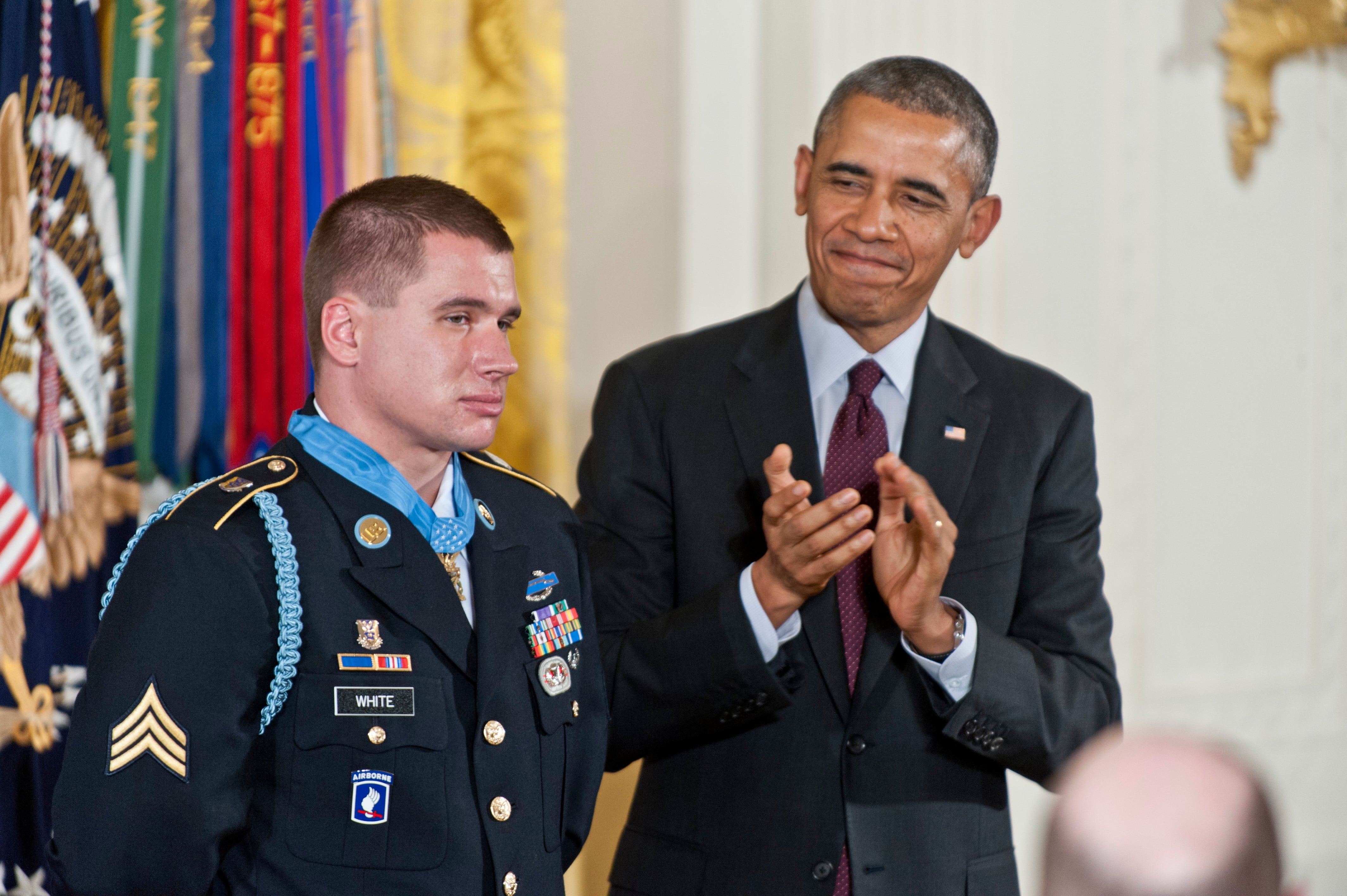
And one of the key takeaways Myer shares is that the Army must be “smart in the missions we choose and clearly articulate the risk of the mission and how it aligns with the risk to our forces.”
The benefit of accomplishing a mission must drive the resourcing of that mission.
As far as training, Myer adds that in the rapidly evolving battlefield, especially that of near-peer combat, soldiers must doubly train. They must be both prepared to use their inventory of high-tech tools but also operate without them.
“We should be doing it at a point where the commander might be uncomfortable,” Myer said.
For example, going dark on communications so that troops can test their ability to operate when isolated from the main force and support.
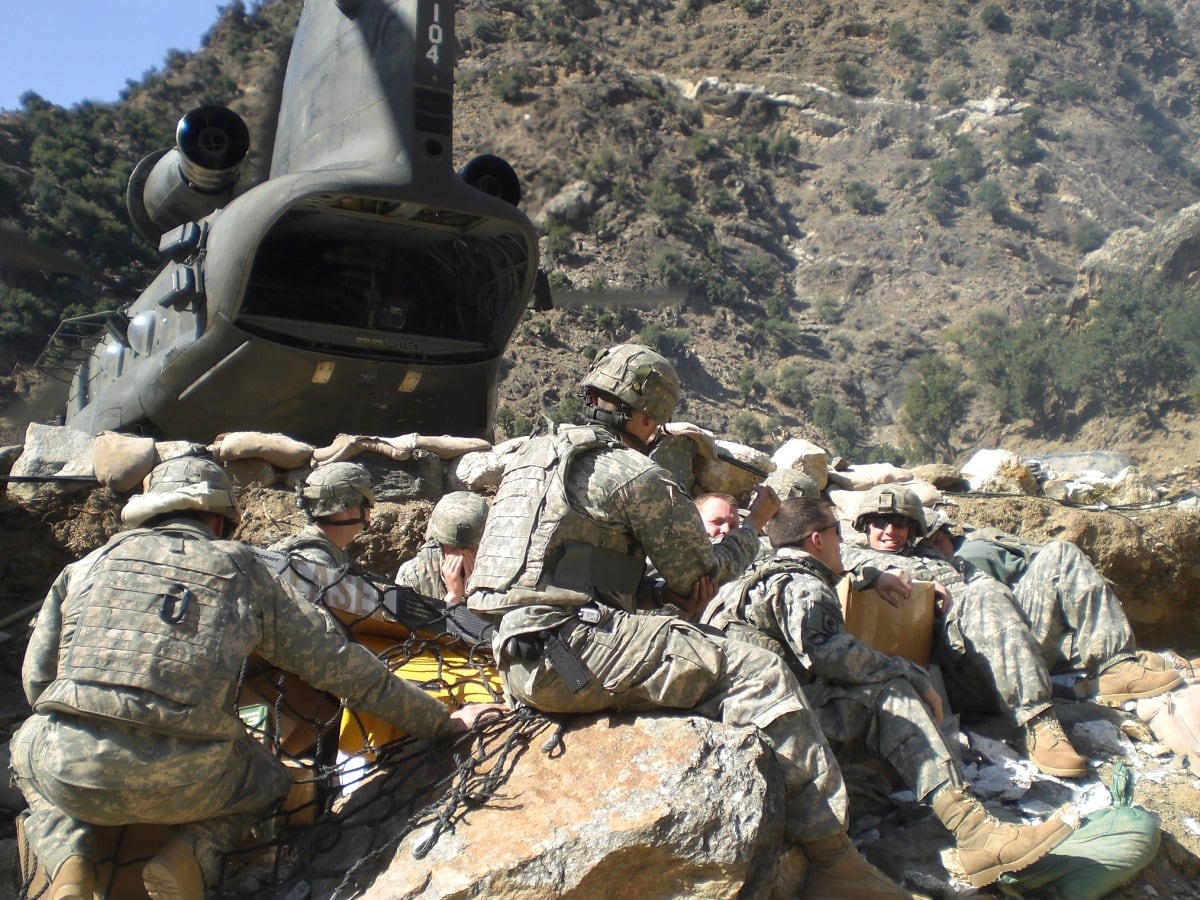
Mark Bowden, author of “Black Hawk Down: A Story of Modern War,” a book about the Battle of Mogadishu, who also wrote about Wanat for Vanity Fair, and noted parallels between Wanat, Mogadishu and other battles.
He characterized Wanat as a resource-driven issue and the soldiers deployed there were overextended given the terrain and territory.
And that, along with similar episodes in other eras of U.S. combat, drives the lesson.
“The larger lesson is about the need to sustain a high level of support for American forces wherever they’re deployed,” Bowden said. “If it gets to the point where you can’t do that, then you have to really consider where you engage American forces.”
Todd South has written about crime, courts, government and the military for multiple publications since 2004 and was named a 2014 Pulitzer finalist for a co-written project on witness intimidation. Todd is a Marine veteran of the Iraq War.
